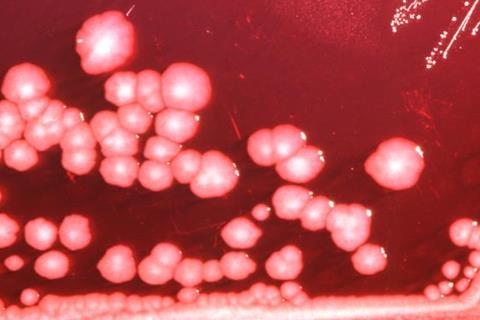Researchers are constantly looking for new cancer therapies with improved anticancer activity, fewer side effects, and lower costs.

In recent years, interest in bacterial agents as anticancer therapeutics has grown, due to the ability of some bacteria to selectively grow inside hypoxic tumours, i.e., these cells do not receive a rich oxygen supply. But bacterial anticancer therapies tend to focus on the idea of bacteria as a drug carrier, and use advanced and expensive scientific techniques like genetic engineering, synthetic bioengineering, and nanotechnology.
This makes it important to identify bacteria that are naturally effective and tumour-specific, thereby eliminating the need to employ advanced technologies to enhance their anticancer properties.
Recently, a research team, led by Associate Professor Eijiro Miyako from the Japan Advanced Institute of Science and Technology (JAIST), revealed that intratumoural bacteria that are associated with natural purple photosynthetic bacteria show strong anticancer efficacy. Their findings have been published in Advanced Science.
Intratumoural bacteria
Explaining their research, Dr. Miyako says: ”We succeeded in isolating and identifying three types of bacteria from colon cancer tissues, Proteus mirabilis, which we have termed, A-gyo; photosynthetic Rhodopseudomonas palustris, which we have termed UN-gyo; and a complex bacteria that consists of both A-gyo and UN-gyo, which we call AUN. This consortium of bacteria, when injected into tumours, show a high antitumour effect.”
The researchers injected the three bacteria, A-gyo, UN-gyo, and AUN into various mouse models of cancer. They found that these intratumoural bacteria can thrive in hypoxic tumour environments and trigger the immune system to kill the tumour cells.
Essentially, the association between A-gyo and photosynthetic UN-gyo in the form of AUN provokes strong anticancer responses in mouse models of colorectal cancer, metastatic lung cancer, and extensive drug-resistant breast cancer. In fact, mice that were treated with these bacteria showed significantly prolonged survival rates. The anticancer efficacy of these bacteria was found even in mouse models that were treated with a single dose.
Another result from the study is the significant near-infrared fluorescence of AUN in tumours, indicating its potential as a tumour-specific diagnosis probe. The researchers also performed a variety of tests and assays to demonstrate that AUN has little effect on living tissue, i.e., it is biocompatible.
”Conventionally employed advanced anticancer therapies are extremely expensive,” comments Dr. Miyako. ”The anticancer bacteria assessed in this study can easily be grown in large quantities at low cost in simple, sustainable, low-carbon processes. This would be a huge boost to the accessibility of cancer treatment worldwide.”
This study is the first of its kind and opens the door to further research on the field of intratumoural bacteria as anticancer therapeutics.







No comments yet